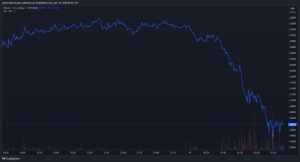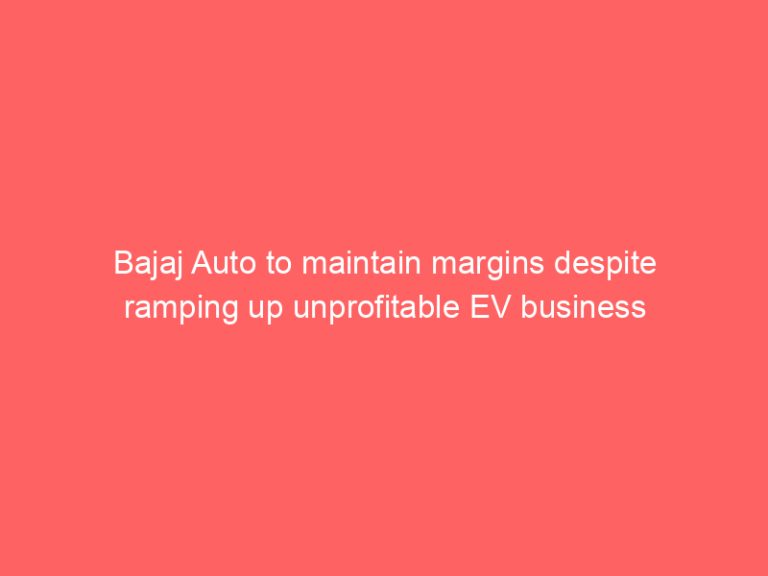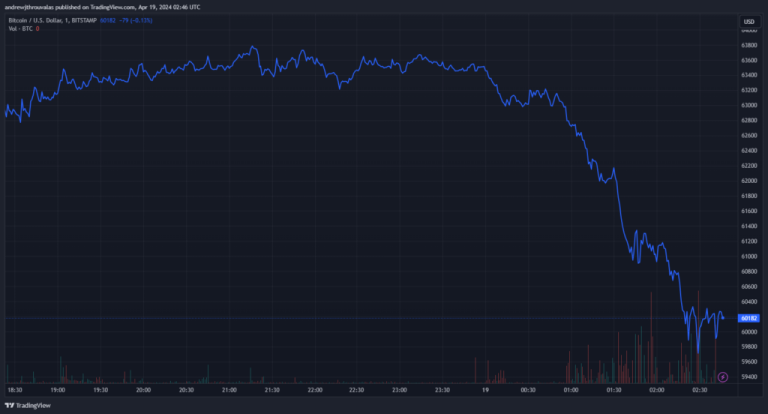Two weeks into the year, and crypto markets are rebounding. The Bitcoin and Ether price are each up some 20% on the seven-day chart. But a recent study of altcoins aims to give crypto investors pause before they go trading the rally.
When the market makes a move like this, crypto traders often shuffle. They make trades to scoop profits, make hedges, or take long positions in the coin they think will gain the most next.
This can result in an increase in volatility in crypto exchange markets. Furthermore, traders anticipate each other’s moves. As a result, the market can become increasingly volatile with self-fulfilling, short-range expectations. While this may seem complicated, crypto trading is worth a world of difference in ROI.
There is a Broad Range of Risks and Reward
For example, while the top three cryptos by market cap gained 20% in the last week, here’s what some altcoins gained: Cardano (ADA) gained 26%. Solana (SOL) gained 70%. Avalanche (AVAX) gained 42%. Lido DAO (LDO) surged by 42%. Aptos (APT) skyrocketed by 94%.
Cardano is up because ADA’s fundamentals surged in volume. the TVL (Total Value Locked) has soared. TVL in Cardano for staking has soared in Jan. Trading on its DeFi protocols swelled as well. There’s also buzz around a new ADA stablecoin and dev toolkit for ADA custom sidechain deployment.
Meanwhile, Citi notes that Solana blockchain activity is high. AWS has partnered with Avalanche to bring its blockchain solutions to enterprises and governments.
Lido DAO keeps pushing forward in an exciting race with MakerDAO. Solana peer Aptos is doing well because of investor excitement over its fast throughput.
It’s easy to see why it’s tempting to go altcoin shopping. But before you whip out your credit card with your eyes full of big numbers with dollar signs on them, don’t forget to stay vigilant against the downsides. While your principal investment could appreciate by 35 or 84% in a week’s time, it could also all disappear as quickly.
91% of Cryptos Launched in 2014 Are Gone
A recent study found that 91% of cryptos launched in 2014 are now defunct. 704 now-dead cryptocurrencies were released in 2017. And 2018 was the worst year of crypto extinctions, with 751 coins dying on their holders:
“We reviewed data on over 2,400 dead coins from Coinopsy, compiling data on the current status of each coin. We then analyzed the performance of each coin over the last 10 years, noting when coins were killed off and why.”
The study found some common themes in dead coins: scams, jokes, short-lived ICOs, and ones that were abandoned or had no volume. Here are some red flags to look out for based on past failed cryptos: How to avoid crypto rug pulls. And here are six suggestions for how to avoid DeFi scams.
It’s worth noting, though, that the number of failed cryptos should not at all give the impression that cryptocurrency is especially risky or difficult. This is a failure rate similar to those across the economy. New restaurants have a similar failure rate. New websites died during the Dot Com era and still do.
This distribution goes beyond commerce as well. Most of the outputs of most systems are the result of a small minority of the system’s factors. Crypto is hardly unique in this regard.
It doesn’t mean crypto is too difficult or risky to learn how to use. But it does underscore the importance of staying informed, taking it seriously, and knowing what you’re doing.
The post Staying Vigilant in 2023: 91% of Cryptocurrencies From 2014 Are Dead appeared first on CryptoPotato.














